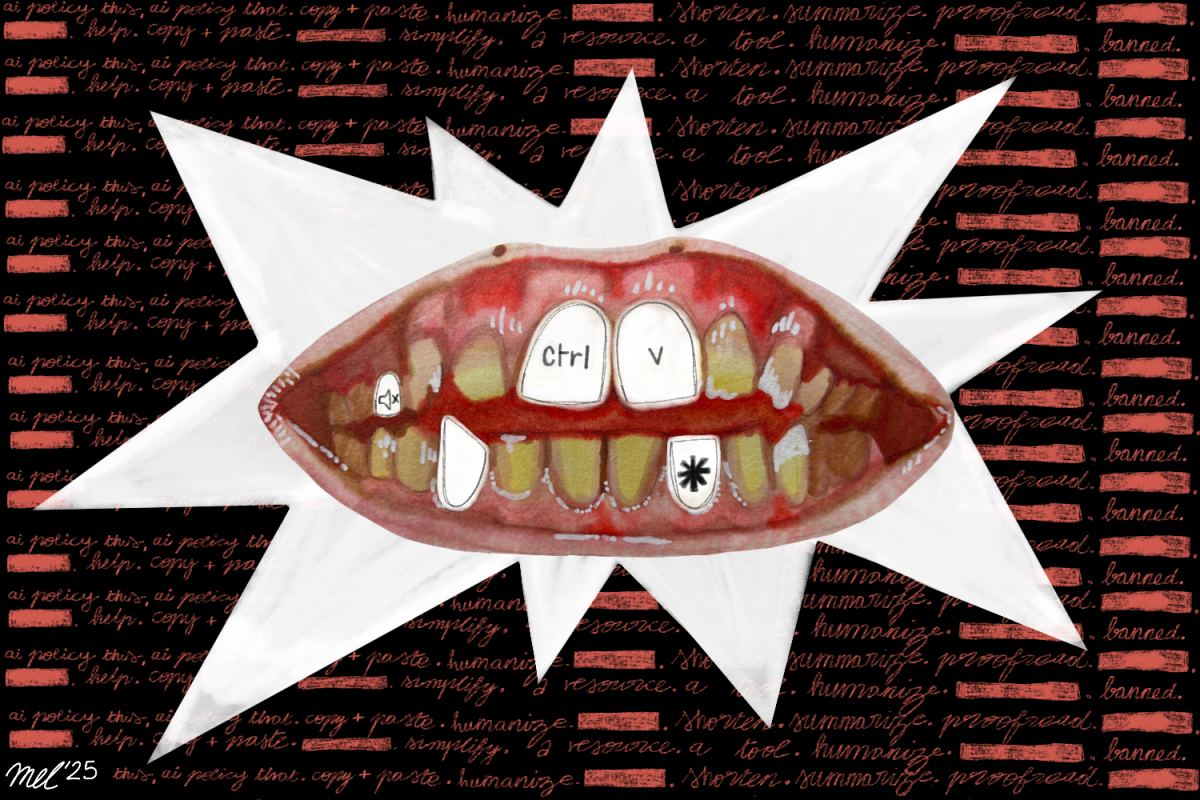When Jack Kerouac released On the Road in 1957, he was hailed as the king of a bristling new generation of poets and writers known as the Beats. The novel recounted his manic cross-country adventures with Neal Cassady and portrayed the seedy sex, drug and jazz-fueled underbelly of 1940s America. Its heartfelt portrayal of the working class and its frenzied free-flowing prose gained Kerouac recognition as an established American author.
His next novel, Dharma Bums, was published the following year and was set almost ten years after On the Road. It depicted the writer as a confused mystic, torn between the purity of Buddhist thought and the temptations of his western world.
By the time Dharma Bums was released, Kerouac’s fame had skyrocketed and the Beatnik culture was becoming a marketable commodity. The core values of the Beats ‘-‘- isolationism, anonymity and a negation of materialism ‘-‘- were all eroding before his eyes.
Kerouac became a recluse. The unbridled optimism he exhibited in On the Road gave way to brooding skepticism, and he began drinking heavily. When Neal Cassady, his old friend and the hero of his road book, came to visit him with Ken Kesey and the Merry Pranksters in the mid-60s, Kerouac had turned sour. He looked down on the hippies, a culture he had inadvertently helped to create, and became more and more judgmental of the world he once loved.
By the time Big Sur was published in 1962, Kerouac was a dismal ghost of what he once was. Alcohol abuse had made him desperately sick, both physically and mentally. He eventually died in his Florida home in 1969, just over ten years after publishing his seminal work. But his influence remained, and even if he hadn’t learned from his mistakes, others had.
Bob Dylan was one such notable cultural icon to rise to success on the coattails of the Beat ethos. He got his start in Greenwich Village, the East Coast Beatnik hub, and eventually garnered a close friendship with Beat founder Allen Ginsberg. Although he chose song over prose, his themes were still reminiscent of traditional America, and he claimed to have been heavily influenced by On the Road when he first read it.
Unlike Kerouac, Dylan was ready for fame, and when it came, he embraced it with a schoolboy charm. But he too quickly realized the downsides of notoriety. As the civil rights movement gained steam, and the political climate in the U.S. became heated, Dylan was called to be the voice of a generation, much like Kerouac a few years before him. Lines were drawn in the sand, and he was told to pick sides, but instead of choosing, he ran, changing his image giving a middle finger to what the Bob Dylan society wanted him to be.
Rather than holding his ideals so close that they suffocated him, Dylan discarded them for new ones, and in the process he opened himself up to a barrage of criticism. The folkies were disappointed when he turned electric, the protesters felt abandoned, and at the Royal Albert Hall, an angry fan even called him Judas.
To his great credit, he didn’t fall victim to the party and for the most part stayed clear of booze; he was more of a speed freak.
Despite that, everything literally crashed when Dylan got into a motorcycle accident in ’67. He then went into seclusion in the woods of upstate New York, declining to headline Woodstock and opting instead to spend time with his family and continue making music in an informal manner.
Both Kerouac and Dylan are icons in their own rights. The former is more of a snapshot of a time and place in history, while the latter is an example of how the times can change and how we can adapt to such changes.
Kerouac held ambitious and almost lofty ideals for himself and his fellow people while Dylan shed his ideals like his polka-dot shirts, ducking down like a Whack-a-Mole every time the world thought it could bring the hammer down on him.
Yet to Kerouac’s credit, you could never really once call him a sell-out. He stuck to his guns; he dug his own grave. Dylan, on the other hand, sold out gladly and was proud of it. He once told reporters that he would never advertise for a lingerie company only to appear in a Victoria’s Secret commercial a couple years back. Perhaps he got his principles so spun that he ended up strangling himself.
So what, if anything, can we learn from these people?
‘Don’t ask me nothin’ about nothin’,’ Dylan would say, ‘I just might tell you the truth.’ And Kerouac? He’s got ‘nothing to offer anybody except [his] own confusion.’




















































































































Rick Dale • Aug 3, 2010 at 2:20 pm
Can’t disagree with your analysis. Check out my blog at http://www.thedailybeatblog.blogspot.com for some Kerouac-inspired entries.